Robert MacIntyre reflects on two standout rounds at the BMW Championship, combining fiery putting, elite iron play, and mental resilience. From tactical fairway misses to learning from shinty and Andy Murray, Bob dives into what’s fueling his confidence and performance. He discusses adapting from links to parkland golf, putting on lightning-fast greens, and staying aggressive while embracing the “fight” that defines his competitive mindset. With a commanding lead after 36 holes, MacIntyre is locked in for the weekend.
Bob, you got to be massively happy. You know, 62 64 around here is pretty good. Yeah. No, it was um I’ve played I’ve played beautifully the last two days. Yesterday the putter was on fire. Today I feel my iron play was was exceptional. Um but I’ve been putting in the work the last couple of weeks to make it to to improve on what I was doing the last since the windom. Um, obviously coming from Lynx golf back out to to throwing darts is a bit different um, technique-wise, turf wise. So, it took a little bit of readjusting, but we both got the hang of it. Putting is, you know, statistically at least flipped since PGA. You talked about that yesterday. It’s just kind of the changes you’ve made, but when did the confidence really set in with that club and on the greens? Yeah, it’s been good for it probably came after even the weekend of the PJ was good. Um, probably statistically it wasn’t great, but I felt far more comfortable over the over the putter. And I’ve always said when I’m comfortable with a putter in my hands, it’s a dangerous thing. And um, yeah, since it’s PG, it’s been it’s been feeling great in the hands. I do a lot of technique stuff with that. And then once I’ve done that, it’s just let it flow. Robert, a lot of focus on your putting this week, but your ability to recover after missing the fairway on some of the drives on seven on 18, still put yourself in a position to score and reach the green in two. How important has that been to getting so low this week? Yeah, it is important, but it’s not we’re missing on the right sides. So, the targets we’re picking probably isn’t the middle of the fairway. Um the targets were were picking might be right half the fairway knowing that if I’m going to miss it, hit a shot that’s going to miss it on the right side like of I think it was at five the birdie on five or six um or seven was it like you miss that on the left hand side it’s an awkward angle to the pin. You miss it on the right side straight forward. You’re going to get it around the green front edge. Um same in 18. It’s just for me that T-shot trouble up the right. don’t want to hit my normal draw. So, yeah, I’ll probably be up there the next two days. So, it’s just it’s just about picking smart shot, smart targets, and then yeah, just deal with what comes. And on 16 there, uh the look for Eagle, we had a discussion with one of the officials there just worried potentially if the ball had moved as you were approaching. Yeah, it moved. My partner was down behind the ball um about half an inch um 3/4 of an inch behind the ball. Ball moved. Um, but that’s the way they I’ve had a couple this week that my ball plugged on I think it was five the T-shot and the par three plugged and the ball wouldn’t sit in it spot. Um, so I had to find nearest spot. Look, the greens are running at about 13 in the stimp on the flat. So the minute you get on a slope, they’re running about 16 17. So they’re quick and the ball will not set on certain slopes. And when when you mark it and you replace it exactly where you you’re meant to, sometimes it’s not in the exact spot that it’s it’s laid in and then it just won’t sit and yeah, we had a few. I mean, Hideki had one today as well and when he was chipping and yeah, it’s closely moaned stuff. Do you like putting on quick greens? A little different than what you’d face back home. Yeah, it’s good. You just got to be the right side of the holes. Um, everyone will say it. If you’re the wrong side of the holes, it’s going to be carnage out here. And I feel like this week I’ve I’ve really done a good job of getting it underneath the hole to be able to be aggressive with an uphill putt. Um the hardest parts are the are the ones probably 5 6 7 8 ft down the hill where you’re just breathing on it, touching it to get it going and then yeah, you just stand there and watch it bob and weave away down this hill and praying that it’s going in. But yeah, I don’t mind quick greens. Do you remember ever having this big of a lead tournament? Not as a professional. Um I don’t think but I’ve had it before as an amateur. Um, so yeah, again it’s it’s only 36 holes gone. There’s a long way to go and I’m comfortable with who I am. I’m comfortable with the team around me and I’m comfortable on this golf course. Just go and play golf. You think you would have said the same, I don’t know, a year and a half ago or two years. Do you feel like that comfort has really come on recently? Yeah, I just I believe I’m I’m able to compete at this level. Um, I wouldn’t be here if I didn’t believe that. And I’ve had so many experiences in my life that have helped me to get here from whether it’s normal life back home in fighting for fighting as an amateur um different sports back home and then like experiences as a rider cup, winning Scotland, Canada. I’ve experienced the majority of it and then this year at the US Open I felt things that I never thought I would ever feel and um yeah I’m I’m ready for the weekend. Are you more comfortable being here in the US? Yeah, I don’t spend I mean I don’t spend my off weeks anymore over here um as much. Last year I tried we tried to live here but I travel back and forward now. Um, and yeah, I love home. Um, it’s no secret and it’s probably not going to change, but everything that’s that means anything to me is is in Scotland, so why why be anywhere else? You and Hideki both shot 64s today. When you’re playing partners playing well like that, are you able to feed off that at all? Yeah, you are. Um, and it’s good when you’re kind of good shot, good shot back and forward. Um, but it’s always good when you’re playing partners playing well and you can you’re not seeing wild shots. You’re seeing good shots. If he’s going before you, he’s hitting hitting the fairway uh hitting the greens. So, you you get to see good shots and makes it far easier when you’re trying to execute something yourself and um yeah, when you see something happening good before you, well, it it frees you up a little bit. um give us a sense of what the next couple hours going into tonight kind of look like for you as you prepare to kind of finish strong this weekend. Yeah, I mean I don’t even know the time. Um probably get a coffee before 4:00 and then get dinner, chill out, sit, watch the golf, speak to my family and friends back home and drink a couple of Coca-Cas and go to bed. question, Bob, about about golf and shenty. You use the word fight. I’ve heard you use that word a lot over the last three or four years. What does it mean to you? Because we’re talking about fight and shenty when it can be when it can be physical and fight and golf when it when it can’t be. So, what is your definition of of of being a good fighter when you’re playing a very uh calm sport? Not mentally calm, but you know. Yeah, I’m not very calm on the golf course. Um but look, yeah, shint is a physical contact sport where the fight is not so much physical fight as in but it’s it’s like don’t win halfhearted. Don’t don’t go 50/50 in a tackle. That’s when you get in your go 100% into a tackle and hopefully you win the tackle and then if not you get back up and you go again. And golf’s exact. That’s the way I treat it. Like yesterday I hit a bad T- shot in 12 into the water. When it’s a tough test I find it easier when you know people are making bogeies. But I was in make the just get there, make the drop, think about what you’re doing and it just it’s more of a switch on for me. It’s more like in golf it’s more focusing more um and just do not give up no matter what. Do not give up. And there’s times when it’s not going well and you want to throw in the towel, but I mean it’s not what I do. And I just for me it’s just try your hardest until it’s done and someone tells you to stop. And along those lines, there was a time probably a couple years ago where you kind of notoriously were a bit of a slow starter and then and then and then got it going. Did did you ever um concentrate or contemplate more going at the get-go? Yeah, there’s a couple of things that I’ve I’ve changed. Um I this event last year I was injured. Um I injured myself I think before the second round. Um and we noticed statistically that I was slower in the mornings. like I my scoring average was wasn’t as good in the morning as it was in the afternoon. So, we worked we looked at that. We we checked out why that was. We’ve not scientifically found out the answer. We’ve we’ve kind of worked it out between my team and I um from bands to heart rate monitors to everything. And I’m warming up now before my rounds, stretching, doing some stuff in the gym before I play now. so that when I get out there, I’m ready to go. And to be honest, um I got told by a very successful Scottish athlete that sleep is the most important thing that he learned in his career. And um it’s something that I really prioritize before before a day is my sleep. Would we know who this Scottish athlete is? Probably the greatest or one of the greatest sportsman, Andy Murray. Okay. Um, when I played the proam with him, it was one of the things I asked him and he really said the biggest thing that he learned was for recovery was his sleep. So, let’s get the head down. I thought he was British. Only when he loses. Correct. We’re Scottish just now. All right, Bob. Thank you. Thank you.

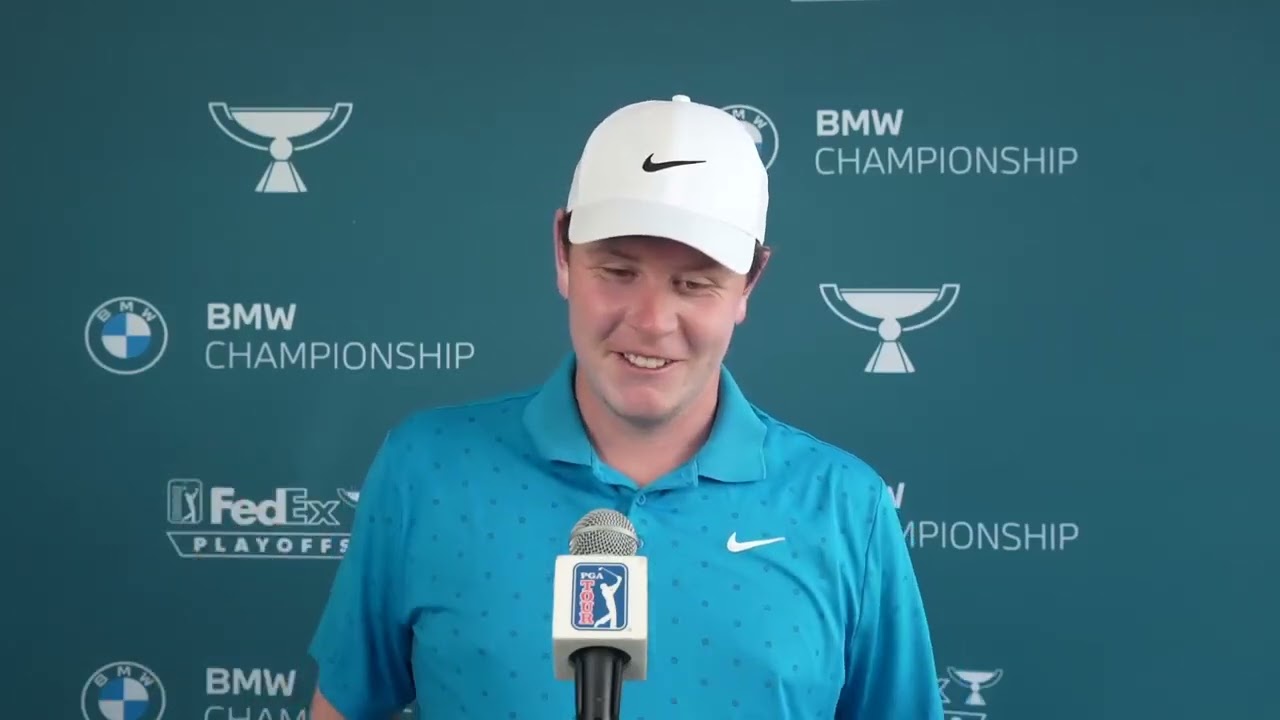
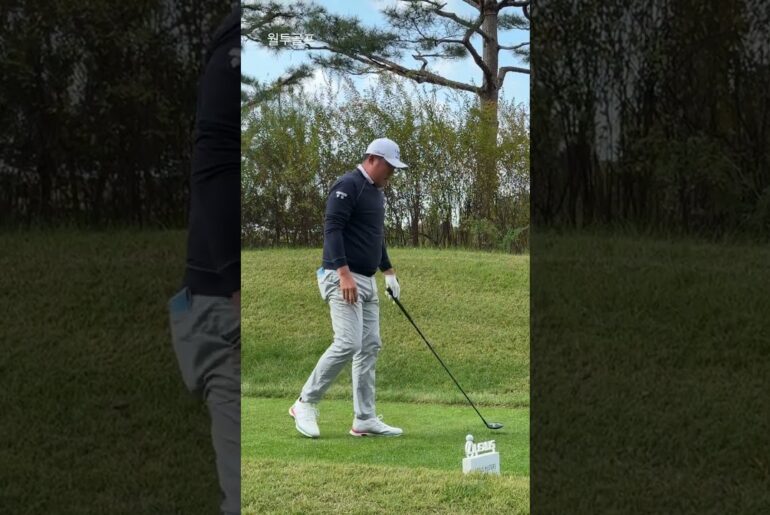
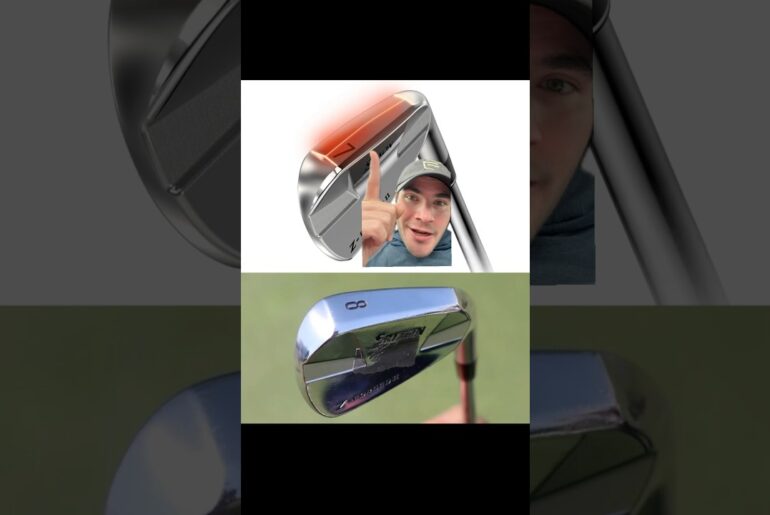
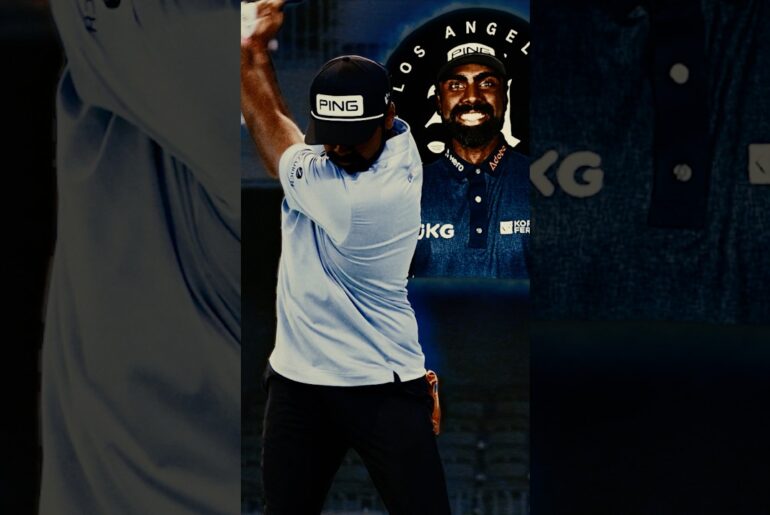

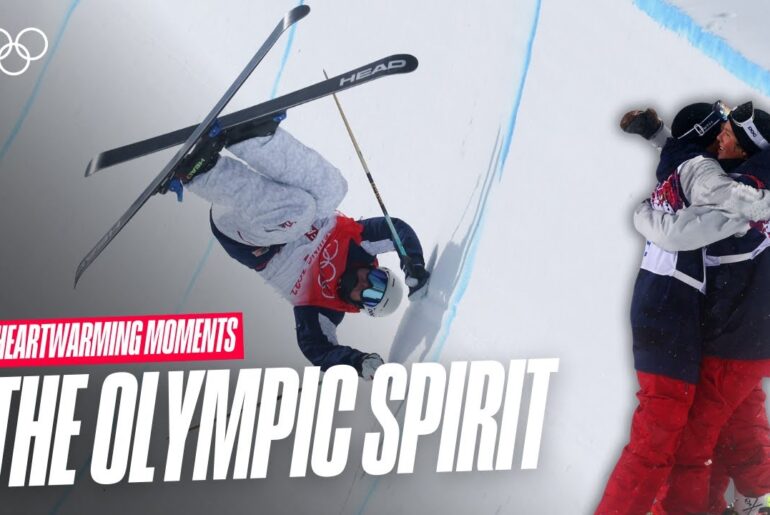
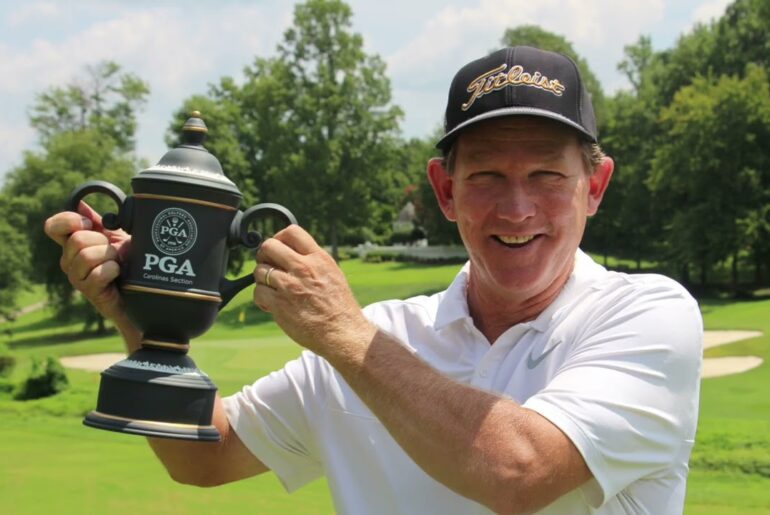
2 Comments
62, 64 start don't you mean?
Title is wrong once again. Get your head out of your asses people uploading these geez…